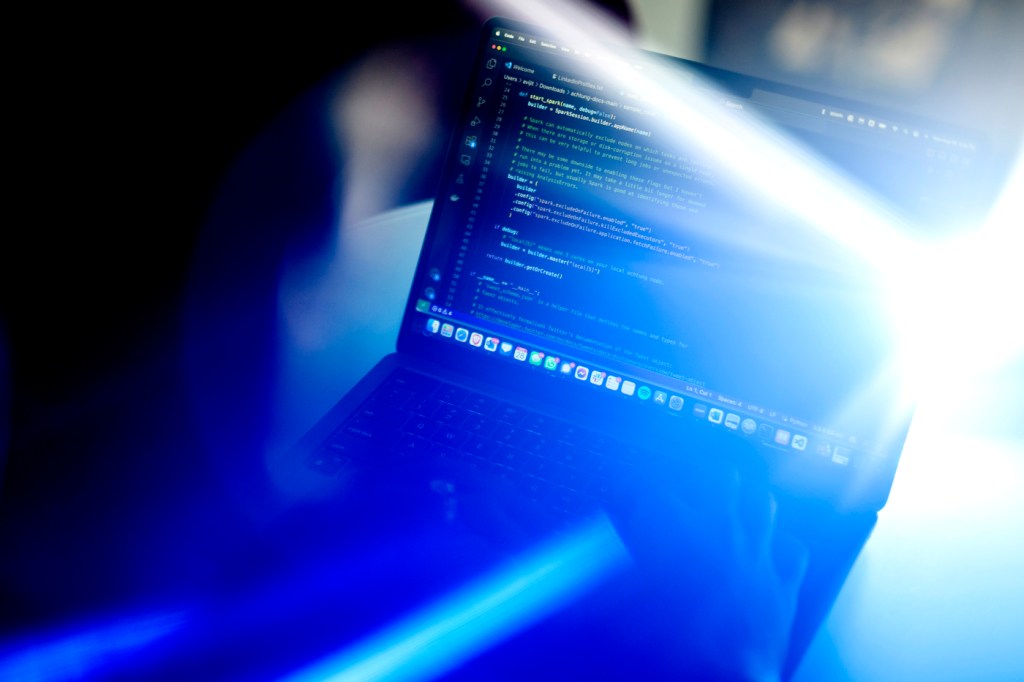Northeastern event aims to bring more Indigenous high school students into STEM fields, help them define their future
Northeastern’s Vancouver campus, in partnership with the Verna J. Kirkness Education Foundation, will host a workshop led by Indigenous youth who used tech to map their communities and share their stories.

An upcoming workshop on Northeastern University’s Vancouver campus aims to bring Indigenous people into the conversation about tech and how it can empower them to tell, preserve and broadcast their stories.
During “Celebrating the Indigenous Community Through Technology” on Oct. 22, Indigenous high school students from across Canada will present a new platform they designed to help map Indigenous communities and share personal and communal histories.
The event will be held in partnership with the Verna J. Kirkness Education Foundation, a Canadian nonprofit that takes indigenous high school students from remote communities and gives them a chance to visit universities, learn about STEM fields from faculty experts and understand that STEM is a viable path.
“To build the tools that we’re all going to be using we need Indigenous populations to be participating because otherwise these are just more tools that are very colonial and mono-perspective,” says Yvonne Coady, a visiting professor of computer science at Northeastern. “The participation in what will be the foundation of so many things really requires these voices.”
Or as Pamela Allen, regional director of graduate recruitment for Khoury College of Computer Science at Northeastern, puts it: “If you’re not at the table, you’re on the menu.”
Featured Posts
This past summer, Coady met with students from the foundation and taught them computer science skills as part of a weeklong workshop. During that program, students chose to create an interactive map of their communities using Google Earth.
“It shows each one of the territories they are from and the stories that they chose to share about the territories,” Coady says. “Some of them are very much about what they know of the territories, but they actually did research and they learned more about their own territories and shared the story.”
The upcoming workshop will be a chance for the students to present their work and how they created it, along with a platform they’ve created, Tech Talez, that will let more people map and share their own stories.
In sync with Northeastern’s Align program, a computer science master’s program for people who are new to the field, the idea is to empower people with new skills and technology that will show them how STEM fields can apply to their lives, Coady says.
“The workshop itself will have the story of the map and then allow participants to contribute to a different map, a different platform,” Coady says. “We’d really love to see if we can just plant this seed and have this map start to grow.”
Led by high school senior Isadora Weathered, of the Plains Cree, the students will present their work to prospective Northeastern students, current students, community members and even members of the national nonprofit Advancing Indigenous People in STEM. People can register for the event here.
“My hope in creating an open map to share culture and encourage collaboration is that it will allow people to reflect on how they interpret and experience their own culture and ancestry, promote those to look more into connecting with their own culture or learn about others who will have contributed their own,” Weathered says.
Creating a pipeline of Indigenous students into STEM fields is necessary yet challenging, says Morgan Laboucan, program director for VJKEF.
“When I was cold-calling high schools across the provinces this past year, I called a few schools and they had zero science programs offered at their school just because they’re so northern, no one’s there,” Labouca says. “The students there are not exposed to any area of science or mathematics.”
But by introducing students to STEM fields and the university setting, Laboucan hopes to build beyond “a very limited supply of role models in the field” and give Indigenous youth a pathway into areas that could “create change for future generations.”
Allen has seen firsthand what happens when Indigenous students get the opportunity to get into STEM fields.
“Their languages are disappearing, their traditions [are disappearing], and someone needs to be able to harness technology to preserve those things,” Allen says. “When they do get into these fields, they’re really thinking about how to give back to the community, how to make the community better.”











